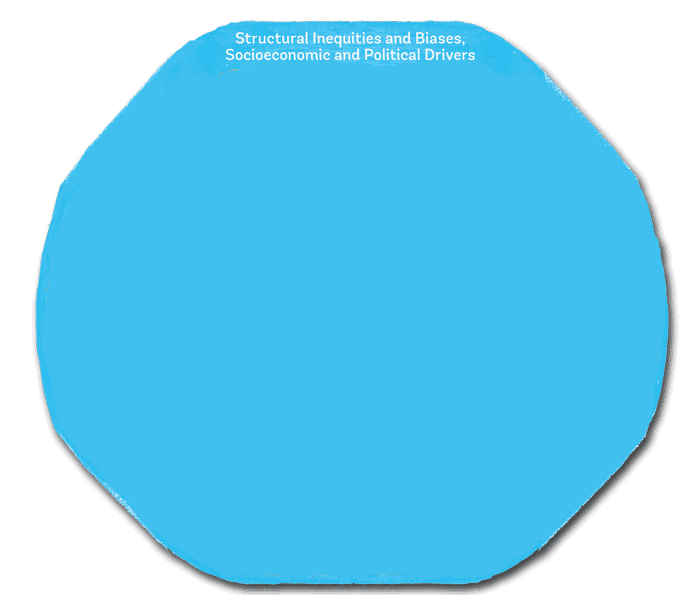
Community-driven solutions can take into account the range of factors that contribute to health inequity in the United States, such as income and wealth or employment. These factors are the social determinants of health. The Cleveland Model example below works in the areas of physical environment, housing, employment, income and wealth, and social environment.

The Cleveland Greater University Circle Initiative (known as the Cleveland Model) involves a multi-sectoral partnership of more than 50 anchor institutions that also includes the Cleveland Orchestra, the Cleveland Museum of Art, the Cleveland Museum of Natural History, the Cleveland Public Library, Case Western University, and others. The Cleveland Model revolves around four overarching goals:
The Cleveland Model stakeholders recognize the importance of documenting impact and have invested in monitoring and evaluation efforts. Documented indicators of success include significant financial investments, institutional changes, adoption of anchor institution approaches such as worker co-owned cooperatives, workforce training programs, and more.
The Henry Ford Health System generates more than $1.7 billion per year. It is the fifth largest employer in Detroit, which faces major economic challenges and is the most segregated city in the United States.
In collaboration with other anchor institutions, the Henry Ford Health System has engaged in community work to promote health equity, including: